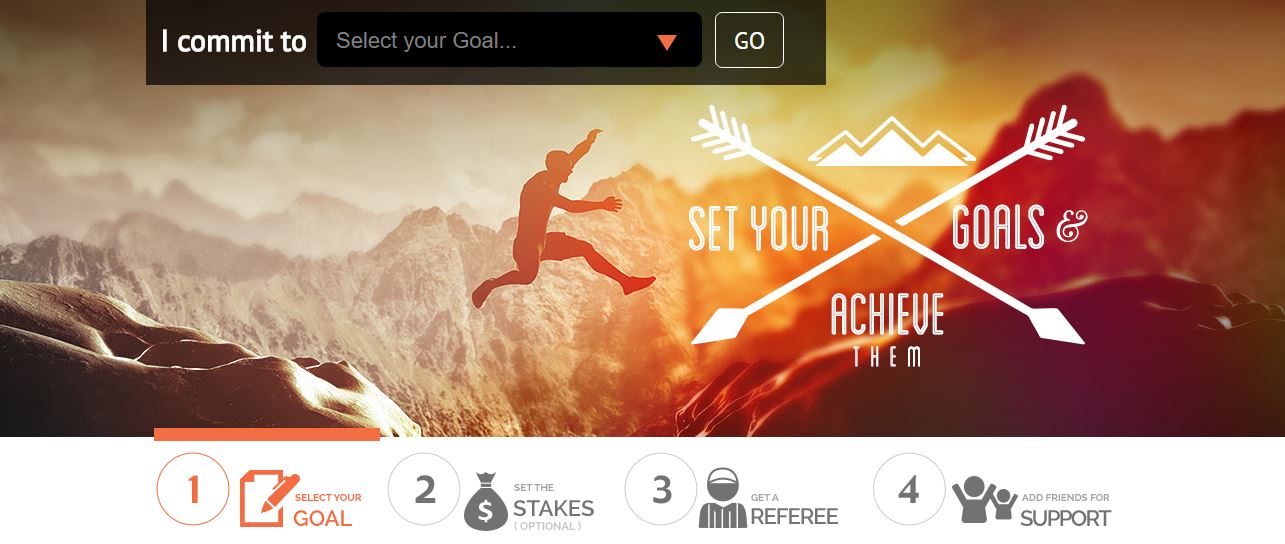
** Guest Post – Justin Kompf **
Having appropriate knowledge of healthy behaviors is only a small predictor of actual behavior. We can all think of people who know smoking is bad for them but do not intend to quit. Individuals dealing with obesity likely know that eating fast food several times per week will not help them lose weight but they don’t intend to stop. Simply stated, attitude does not guarantee behavior.
In fact, attitude does not guarantee intentions and intentions (a stronger predictor of behavior) still does not absolutely guarantee behavior. In research, this divide between intentions and behavior is called the ‘intention-behavior gap’. While changes in attitudes and intentions are certainly important for performing healthy behaviors they do not assure that change will happen.
Researchers examining studies related to intention change and behavior change concluded that even if a person has large changes in intentions they only have moderate changes in actual behavior1. Furthermore, changes in attitude only lead to moderate changes in intentions and small changes in behavior.

Because attitudes and intentions do not lead to actual behavior, intentions may be supplemented with key strategies to bridge the ‘intention-behavior gap’. These strategies include planned reminders, implementation intentions, and incentives. These strategies can be thought of as tripwires that can be designed to help your future self-recognize when it is time to eat healthy or perform physical activity.
Planned reminders
Planned reminders can be as simple as an item of clothing that triggers the intention to exercise or as direct as an actual message. A nudge3 is a small push in the decision-making process that can help people act in a more predictable, goal oriented way. We see nudges in our environment every single day. The big red exclamation point on the soap dispenser reminds us to wash our hands, the note on the soda machine reminds us to make a healthier drink decision (see pictures below), and placing fruit at eye level in a cafeteria lane are all examples of small but helpful nudges that companies or business already apply to our lives to help us make decisions.

Imagine that you intend to exercise after work but being human, have failed to follow through. Set up a nudge that will help your future self-follow through on your intentions. This might mean putting exercise clothing on your couch at home or in the passenger seat of the car. It could also mean putting a sticky note reminder on the steering wheel of your car.
Research also suggests that text message reminders can help people follow through on their intentions4. The website ohdontforget.com allows you to send text message reminders to yourself at a predetermined time. Anyone can set up a reminder earlier in the day to send a message to eat vegetables with dinner, exercise after work, or prepare healthy food for the next day. Other planned reminders can come in the form of scheduling. If you are the type of person that sticks to a strict schedule, write 30 minutes into your daily routine. This can be put in a written planner or in a weekly excel spreadsheet.

Implementation intentions
Intentions specifically describe the ‘what’ aspect of goal striving. “I want to eat more vegetables”, “I want to exercise more”, or “I want to avoid eating junk food” are all examples of ‘what’ a person desires to do. Aside from the ‘what’, implementation intentions specify the ‘when’, ‘where’, and ‘how’ of goal achievement. Forming implementation intentions has been shown to help individuals make healthier eating choices5
Habitual activities are performed easily in part because they are tied to critical environmental cues (i.e. get in car, put on seat belt; wake up in the morning, have coffee). Implementation intentions work well because they tie the desired activity to critical cues, thus increasing automaticity and decreasing the need for strong willpower.
When forming an implementation intention, “I want to exercise more” turns into “when I am leaving work at 5:00pm I will get in my car and go to the gym down the street to lift weights for 30 minutes”. “I want to eat more fruit” turns into “when my coffee is being made in the morning I will eat an apple before I drink my first cup”.
Incentives
Most people tend to be ‘loss averse’ meaning that whatever pleasure they receive from gaining anything is outweighed by negative feelings of losing the same thing (i.e. people feel worse about losing 100 dollars than they feel good about gaining 100 dollars). While this strategy may not be for everyone, providing yourself with an incentive is another great way to set up a tripwire to help following through on intentions.
In order to harness the power of loss aversion, you may inform a friend or a trainer of a behavior you want to perform. Write out a check to that person and post-date it for the day in which you want your goals to be accomplished. If you want to get clever with this, instruct your friend or trainer to donate the money to a sports team or a political candidate you dislike.
For example, you may desire to eat vegetables every day of the week with dinner for the next four weeks. Tell someone about your goal and write out a 200 dollar check (the more the money the greater the odds you’ll do it) to a cause or organization (Boston Red Sox, the Yankees, Donald Trump Party, Hillary Clinton Party) that you do not have favorable views of.
If you don’t like the idea of donating to a cause you can put the money aside for a couple friends to go to your favorite restaurant and see a movie you’d really like to see. Make your invitation contingent upon your goal achievement. If you don’t reach the goal your friends will end up eating your favorite food and seeing a movie without you! The website stickk.com is a great resource to use for the loss aversion strategy.

These strategies do not need to be performed in isolation. The effect of implementation intentions may be enhanced with the use of text message reminders4. In fact, the use of all three strategies may have greater impacts than one by itself. Text message reminders cover day to day decision making, implementation intentions give specific directions on how to perform intentions, and incentives keep the long-term goal in mind. Using these strategies can help people close their own intention-behavior gaps.
References
* I would assume that for behaviors such as exercise, due to many factors such as skill sets required and planning, the attitude-behavior gap and the intention-behavior gap is larger. In fact, the authors state that “effect sizes for behavior showed that attitude change had a larger effect on both disease management and infrequent prevention behaviors compared with frequent prevention behaviors (exercise and diet).”
- Webb, T.L., & Sheeran, P. (2006). Does changing behavioral intentions engender behavior change? A meta-analysis of the experimental evidence. Psychological Bulletin, 132(2), 249-268.
- Sheeran et al., (2016). The impact of changing attitudes, norms, and self-efficacy on health related intentions and behavior: A meta-analysis. Health Psychology.
- Nudge: Improving Decisions about Health, Wealth, and Happiness
- Prestich, A., Perugini, M., & Hurling, R. (2009) Can the effects of implementation intentions on exercise be enhanced using text messages? Psychology and Health, 24(6), 677-687.
5. Adriannse, M.A., Vinkers, C.D., De Ridder, D.T., Hox, J.J., De Wit, J.B. (2011). Do implementation intentions help to eat a healthy diet? A systematic review and meta-analysis of the empirical evidence. Appetite, 183-193.
